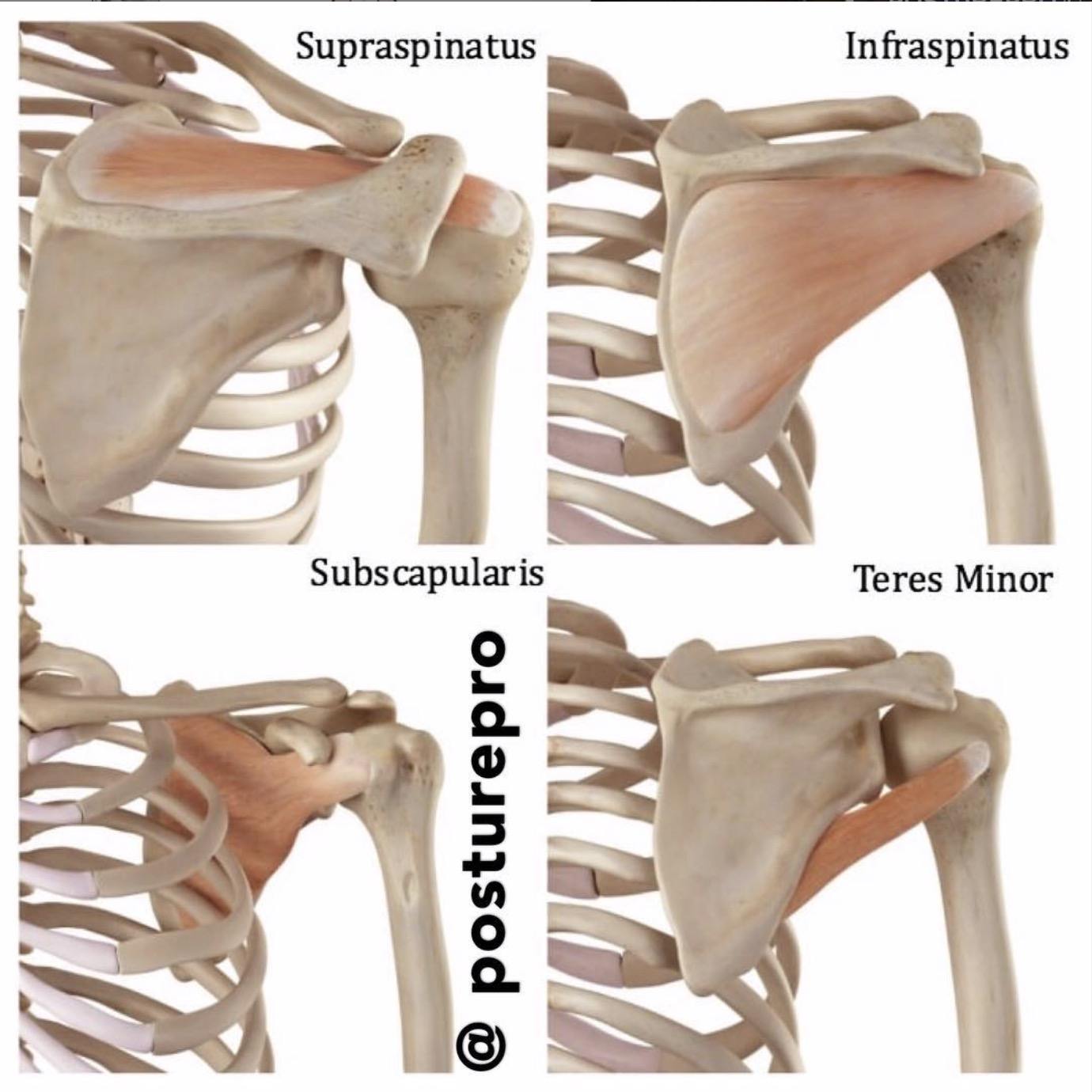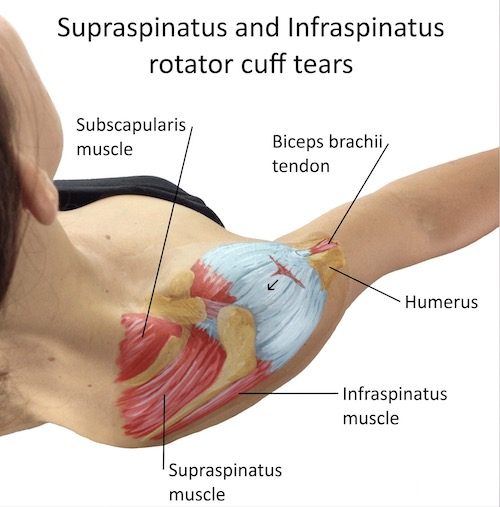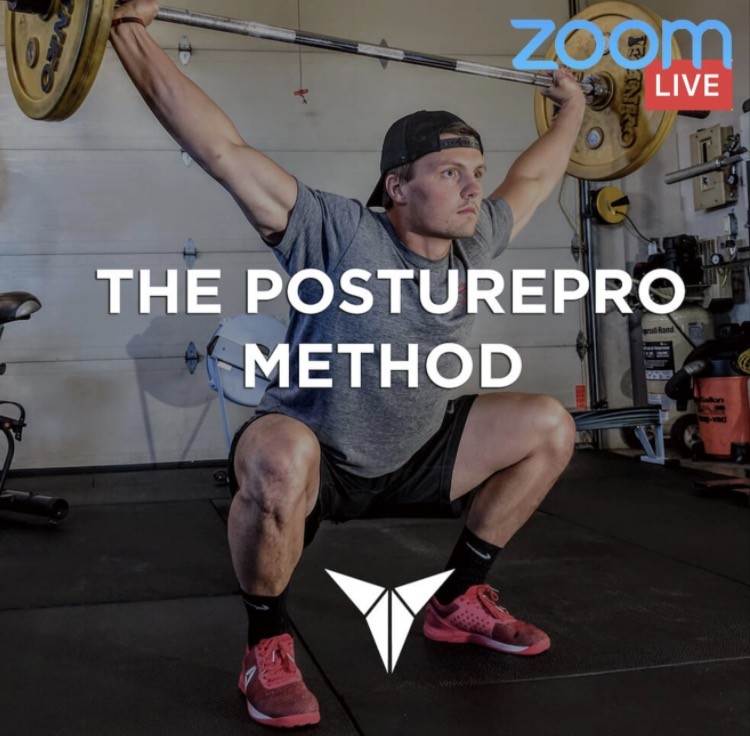Is Your Shoulder Pain Coming From the Rotator Cuff?
In 2013, almost 2 million people in the United States went to their doctors because of a rotator cuff problem
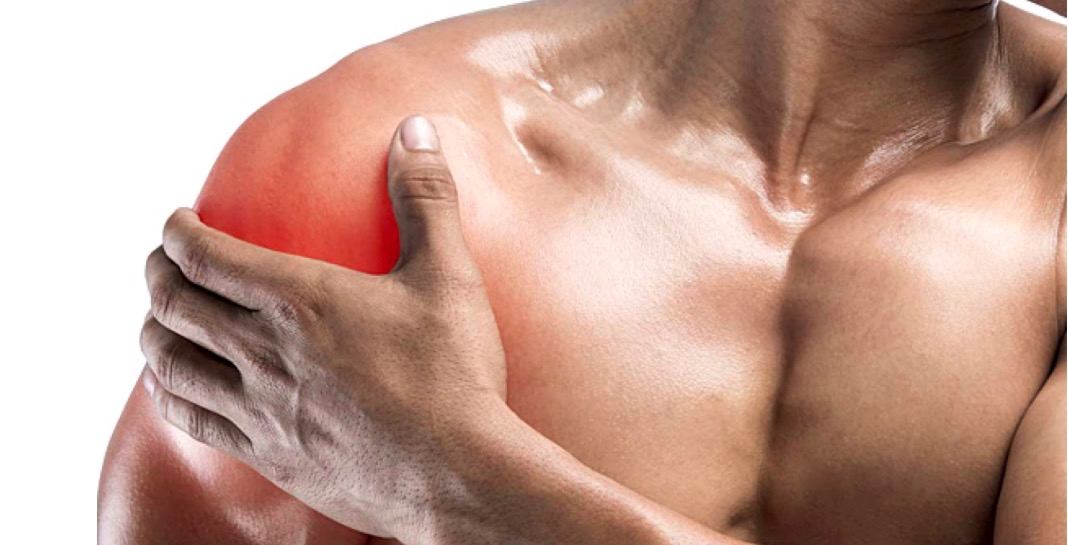
The primary bony articulation of your shoulder is actually on your sternum at your sternoclavicular joint. From there, your scapula is attached to your clavicle at your acromioclavicular joint.
Your scapulae rest on top of the posterior aspect of your rib cage, which provides the surface they move around on. Some people refer to this as the scapulothoracic joint.
Finally, we have the glenohumeral joint, where the head of the humerus attaches to the glenoid fossa of the scapulae.
If the muscles around your scapulae are weak and your scapulae are immobile, no amount of rotator cuff strengthening is going to be able to pick up their slack.
Many people who have weak scapular muscles also have poor scapular positioning due to poor posture which complicates the issue further.
Your rotator cuff is made up of muscles and tendons that keep the ball (head) of your upper-arm bone (humerus) in your shoulder socket.
Their primary job is to guide the direction of the shoulder joint while the big muscles of your trapezius, latissimus dorsi and pectoralis muscles do the heavy lifting.
What happens when the rotator cuff is weak?
The physical therapy and coaching industry are vividly interested in the concept of muscle imbalances and, obviously, tests and tools to address these imbalances.
It is true that the state of biomechanics is affected negatively by muscle imbalance. A thorough range of motion (ROM) examination will reveal restraints in joint mobility.
An assessment of movement patterns will indicate possible difficulties in recruiting chains of muscles.
That being said, the observable phenomenon is with biomechanics. Since your rotator cuff is designed to guide the shoulder joint, when certain rotator cuff muscles are weak or injured, poor alignment occurs.
The result of the jamming effect of the ball end of the humerus into the socket of your shoulder blade can cause a lot of pain and prevent you form doing daily activity.
The result of the jamming effect of the ball end of the humerus into the socket of your shoulder blade can cause a lot of pain and prevent you from doing daily activity.
Over time this improper position causes inflammation and muscle weakness. This condition can be referred to as rounded shoulders and/or scapular winging.
Initial symptoms of a typical rotator cuff injury include pain, usually around the front corner of the shoulder, which often radiates out; it can be up into your neck, down through into your back or down into your upper arm.
There is also a limitation in movement; you could find that you can’t lift your arm up to the front. When addressing biomechanics with a biomechanical approach, we tend to forget that the very tissues we are working on are hooked up to the brain.
We might be interested in neuromechanics more so than in biomechanics when the goal is optimal patient care. Posture is a movement.
Posture is stability and, from what I gather, we are all looking for stability before mobility.
Grob, Frauenfelder et al. (2007), The association between cervical spine curvature and neck pain. Eur Spine J. 2007 May; 16(5): 669–678.
Dive Deeper
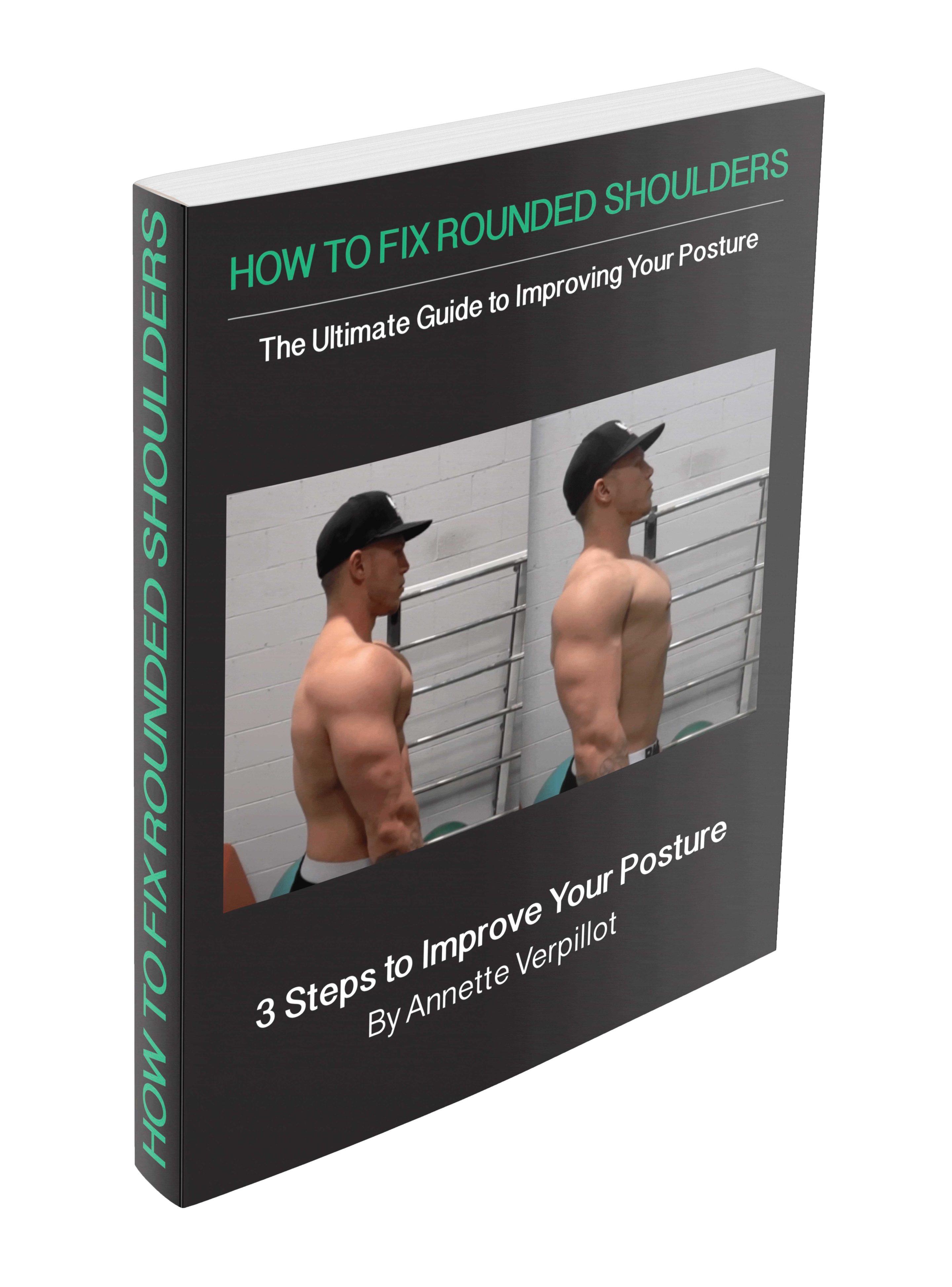
Free Guide: How to Fix Rounded Shoulders
Download a copy of How to Improve your Posture right away by entering your email below:
The causes behind poor posture.
Shoes and gait.
How tongue position and swallowing mechanics affect your body.
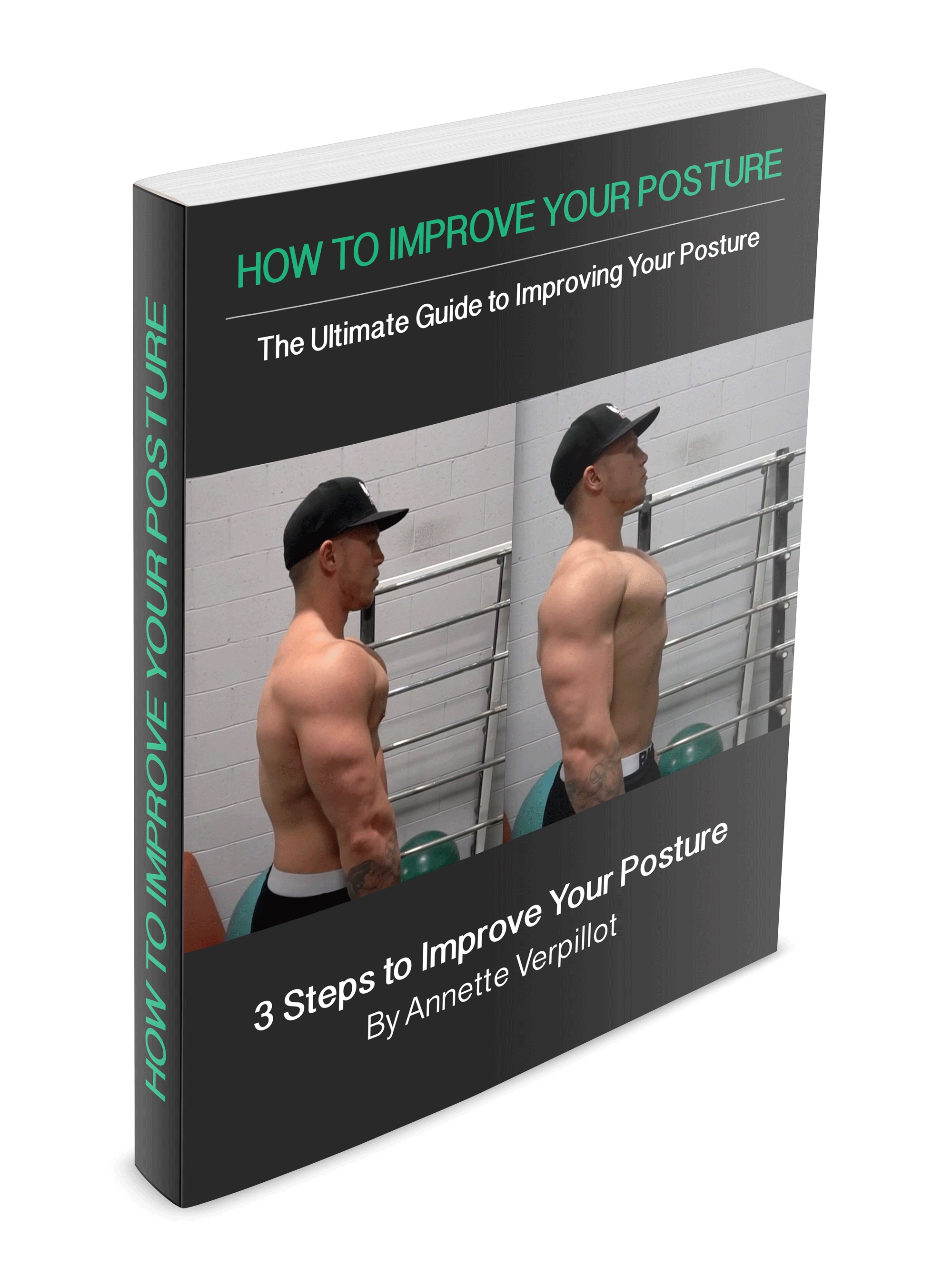
Free Guide: How to Fix Rounded Shoulders
Download a copy of How to Improve your Posture right away by entering your email below:
The causes behind poor posture.
Shoes and gait.
How tongue position and swallowing mechanics affect your body.
QUESTIONS ABOUT OUR PROGRAM?
BOOK A FREE CALL WITH ANNETTE

